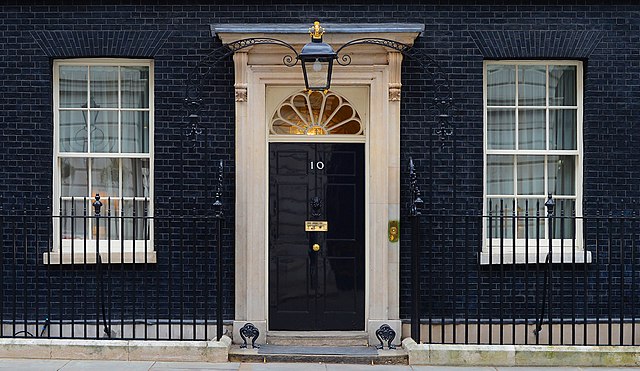Steve Reed, appointed as Housing Secretary in July 2025, has made housing delivery a central mission of the new Labour government. His early speeches have been marked by urgency, calling on developers to “build, baby, build” and pledging to leave no stone unturned in meeting the government’s promise of 1.5 million new homes by the end of the current Parliament. Reed’s approach includes mandatory housing targets for councils, the creation of new towns, and a reformed planning system under the proposed Planning and Infrastructure Bill. The government has also committed £39 billion to support social and affordable housing, with a strong emphasis on unlocking brownfield land and streamlining development approvals.
Progress so far: Are we on track?
Despite the ambitious tone, the first year of delivery has fallen short of expectations. Between July 2024 and June 2025, the UK saw 186,600 net additional homes delivered, well below the annual target of 300,000. Homes England reported 38,308 housing starts and 36,872 completions during this period, with nearly 80% of those completions classified as affordable housing. This means the government has achieved just 62% of its annual goal, leaving a shortfall of over 113,000 homes. While the numbers show some momentum, they also highlight the scale of the challenge ahead.
Forecasts & challenges
Forecasts from Savills suggest that the UK is on course to deliver only around 840,000 homes by 2028/29—falling more than 40% short of the 1.5 million target. Several factors are contributing to this gap. Planning approvals have dropped significantly, with a 55% decline in Q1 2025 compared to previous years, marking the lowest level since 2012. Labour shortages continue to affect construction timelines, and high interest rates combined with the end of Help to Buy have dampened buyer demand. Housing associations, which play a key role in affordable housing delivery, are also facing financial constraints that limit their capacity to invest in new developments. Even with reforms, completions are expected to fall to just over 160,000 in 2025/26, the lowest level in over a decade.
What’s being done?
In response to these challenges, the government has announced a series of measures aimed at accelerating delivery. These include £100 million in funding for local planning departments and the recruitment of 300 new planning officers to help clear backlogs. The reclassification of “grey belt” land is intended to unlock new development opportunities, while increased funding for social rent housing now accounts for 60% of the £39 billion housing budget. The New Homes Accelerator programme is also being launched to unlock 100,000 homes through targeted investment and infrastructure support. Encouragingly, developer registrations have risen by 36% in early 2025, suggesting a growing appetite to engage with the new policy landscape.
Outlook: Can the target be met?
While the government’s ambition is clear, delivery remains uncertain. Industry leaders are calling for the revival of buyer support schemes such as Help to Buy, greater clarity on grant funding for affordable housing, and faster planning approvals. Without these interventions, the 1.5 million homes target may remain aspirational rather than achievable. The next 12 months will be critical in determining whether the sector can overcome structural barriers and scale up delivery to meet demand.
As the housing sector enters a new phase under Steve Reed’s leadership, the opportunity for innovation and collaboration has never been greater. For developers, planners, and technology providers like Housebuilder Pro, the focus must be on streamlining processes, embracing digital tools, and working together to unlock housing supply. The road ahead is challenging, but with the right support and momentum, the sector can play a pivotal role in shaping the future of UK housing.



